PRECARIOUS
A Meditation on Materiality
by Aaliyah Crawford
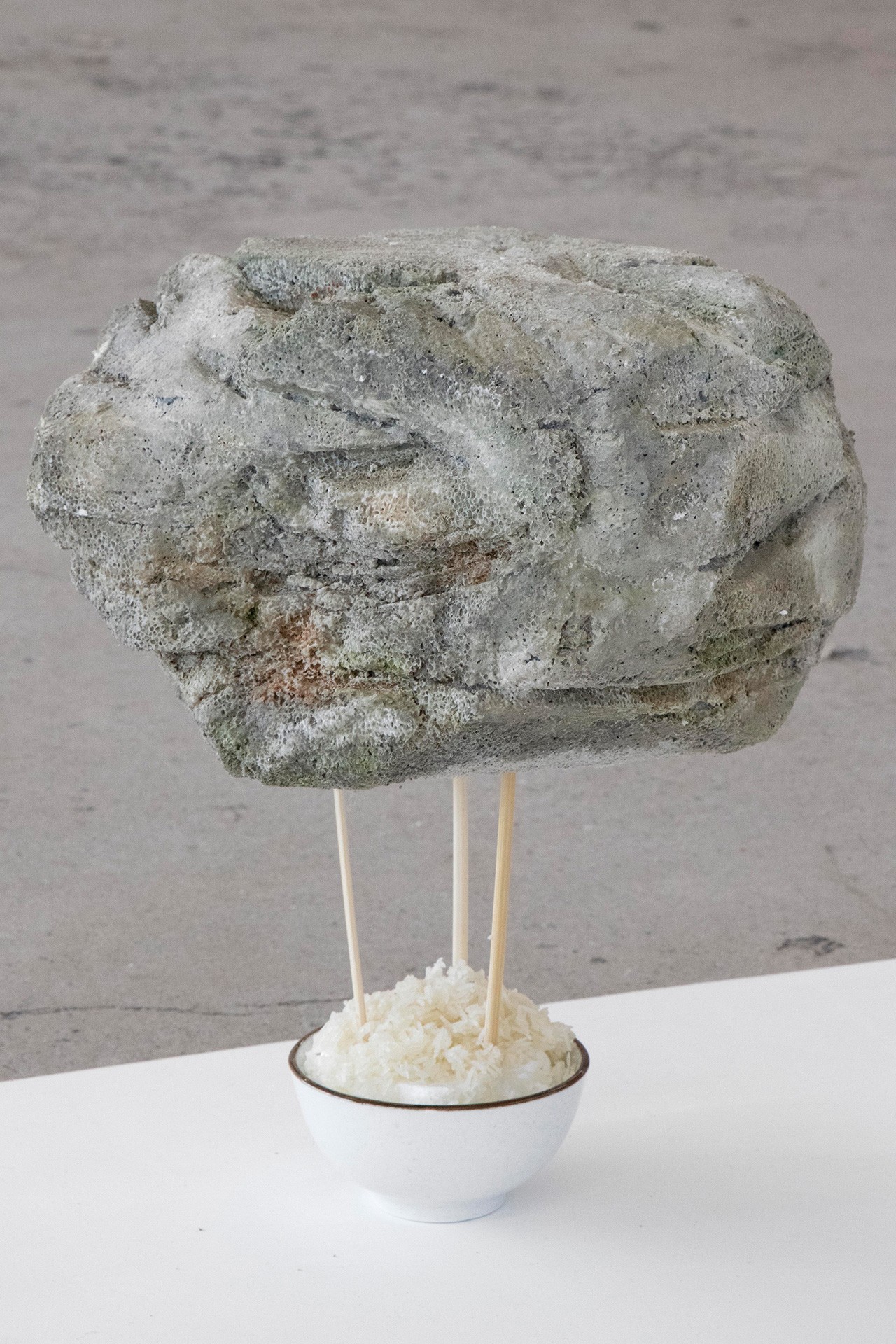 Jade De Bruto, 惩前毖后 (chéngqiánbìhòu)
Jade De Bruto, 惩前毖后 (chéngqiánbìhòu)
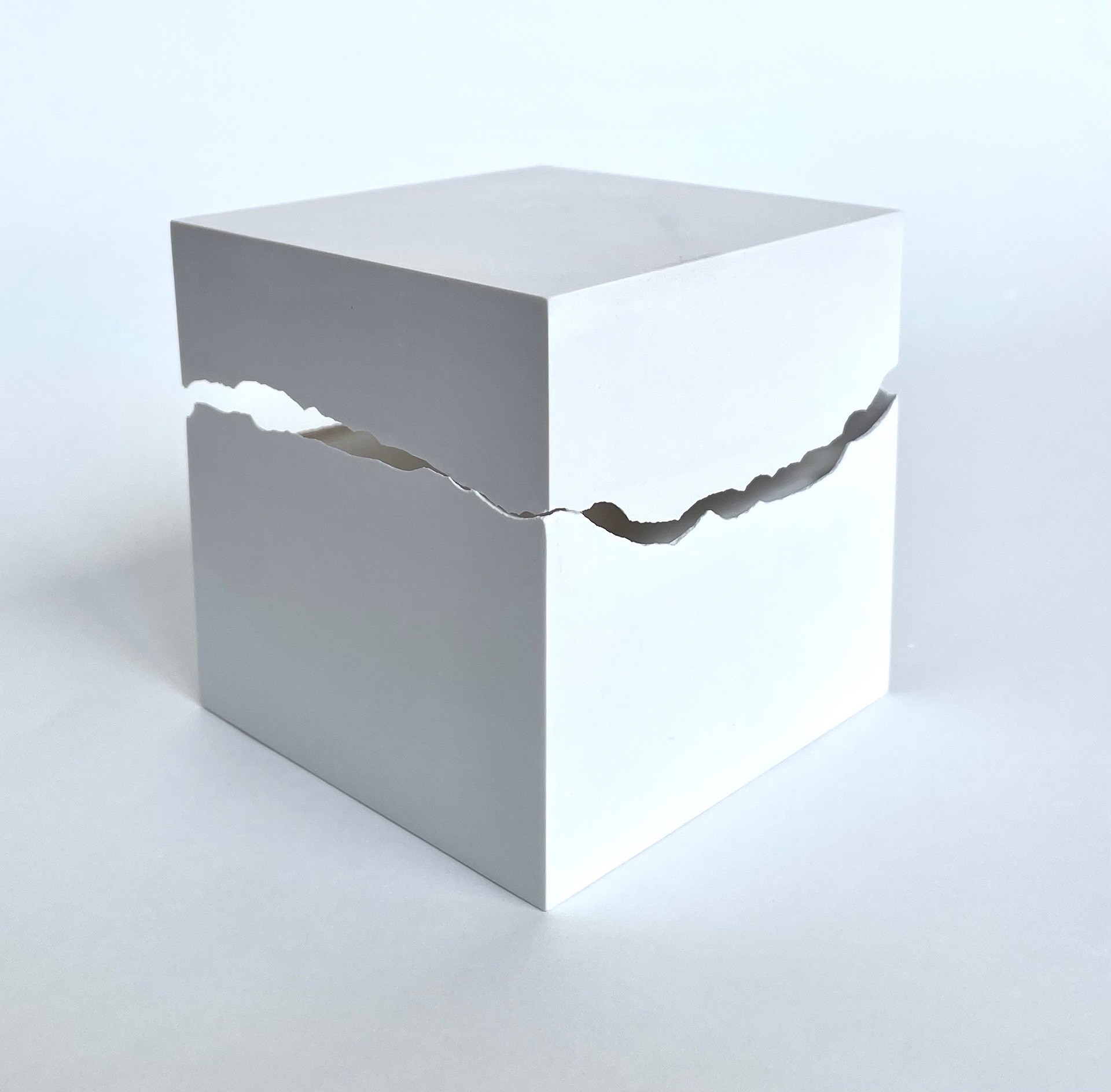 Julie Robert, Maison (la série)
Julie Robert, Maison (la série)
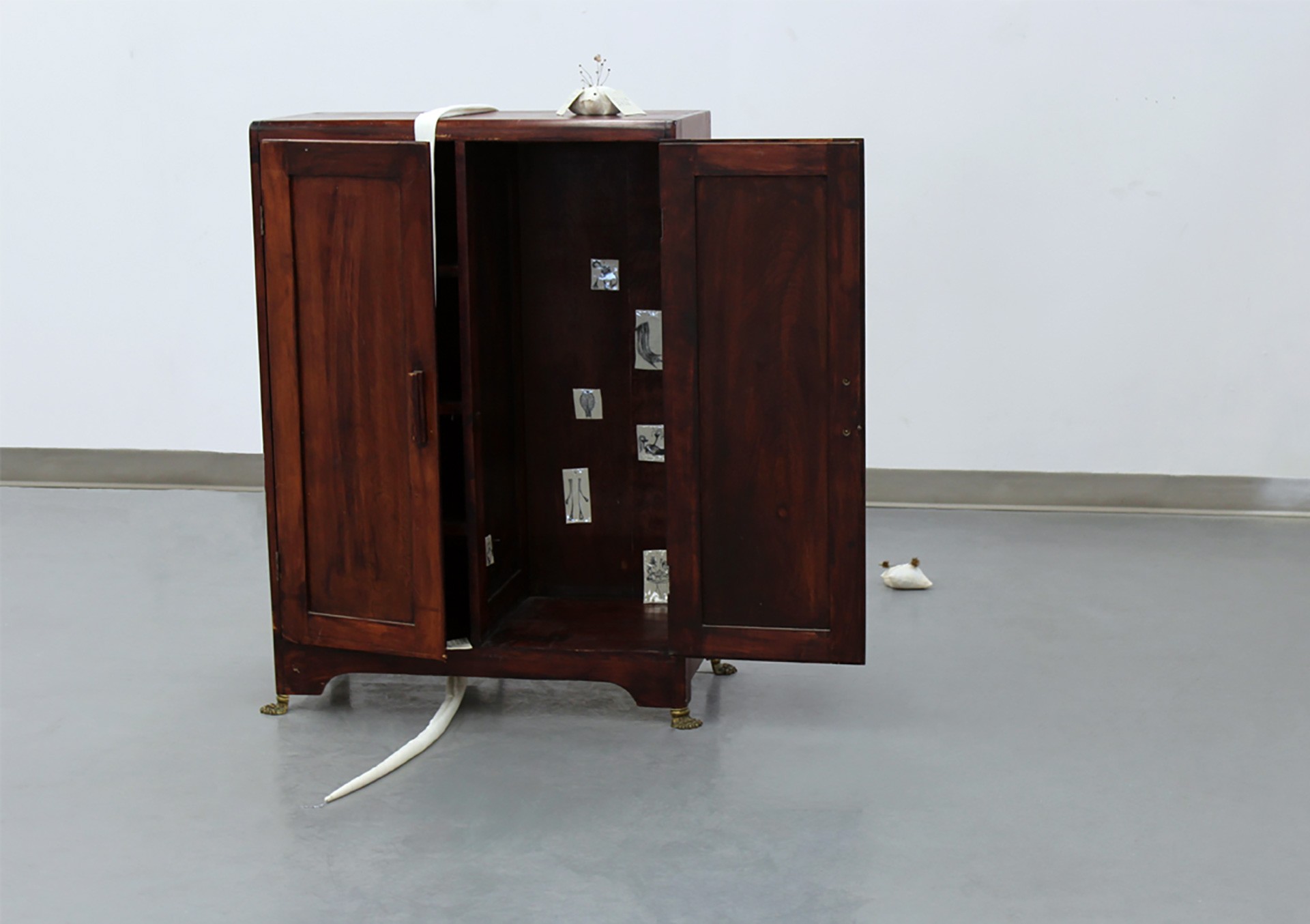 Daria Fontaine Pasquali, Suspends tes jugements
Daria Fontaine Pasquali, Suspends tes jugements
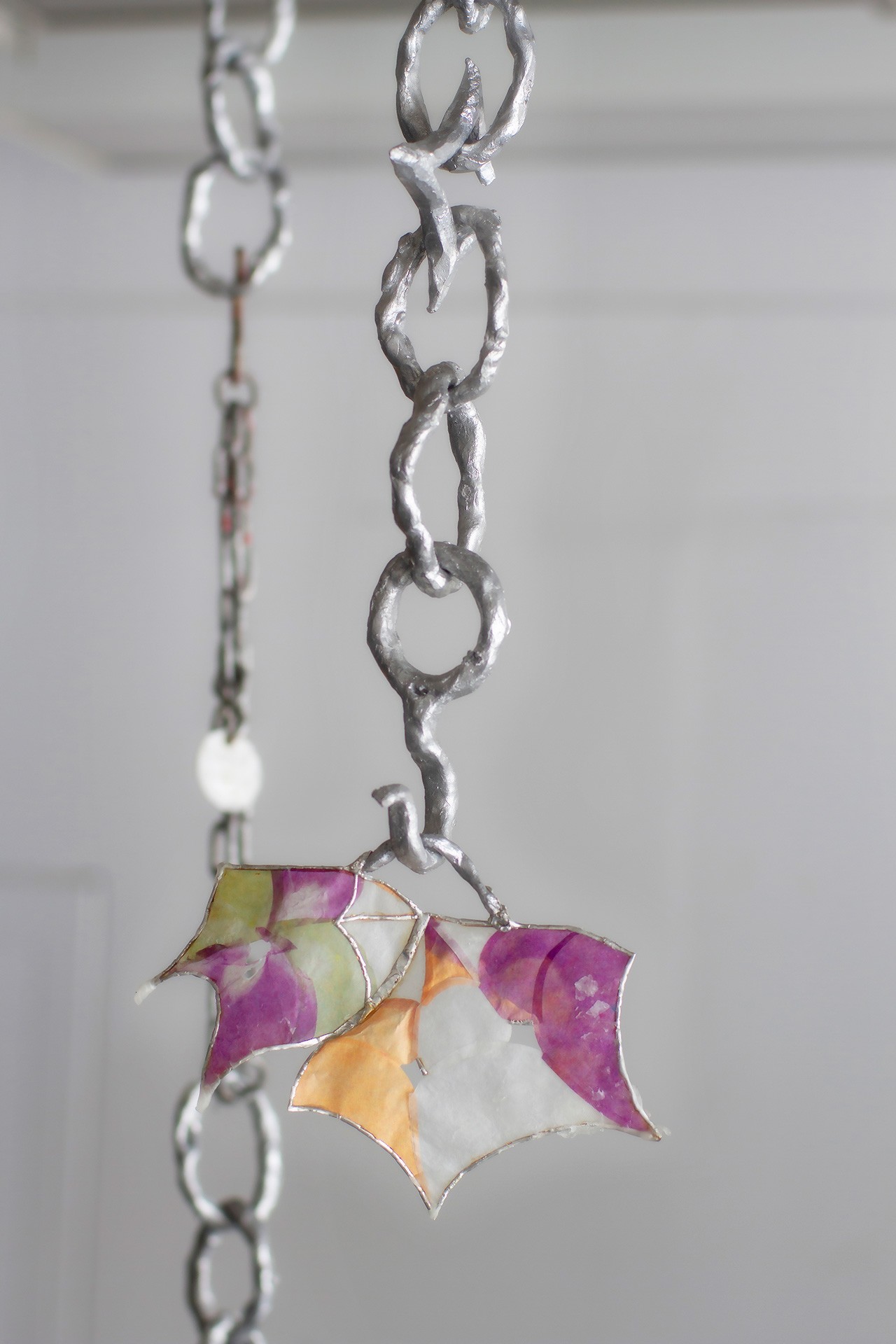 flora hammond, Translucent shimmer / unripe door
flora hammond, Translucent shimmer / unripe door
A queerness, a dichotomy or a contrast, juxtaposed in the materiality of the work; the thread that connects the work of Jade De Bruto, Julie Robert, Daria Fontaine Pasquali and flora hammond, is certainly a rich one. There is a tenderness, a focused attention, and an intimate devotion to the materials. Each piece is a meditation on intimacy and the domestic, the collision of public and private spheres. The works of these artists reach for a home in collective memories and ancestral connections.
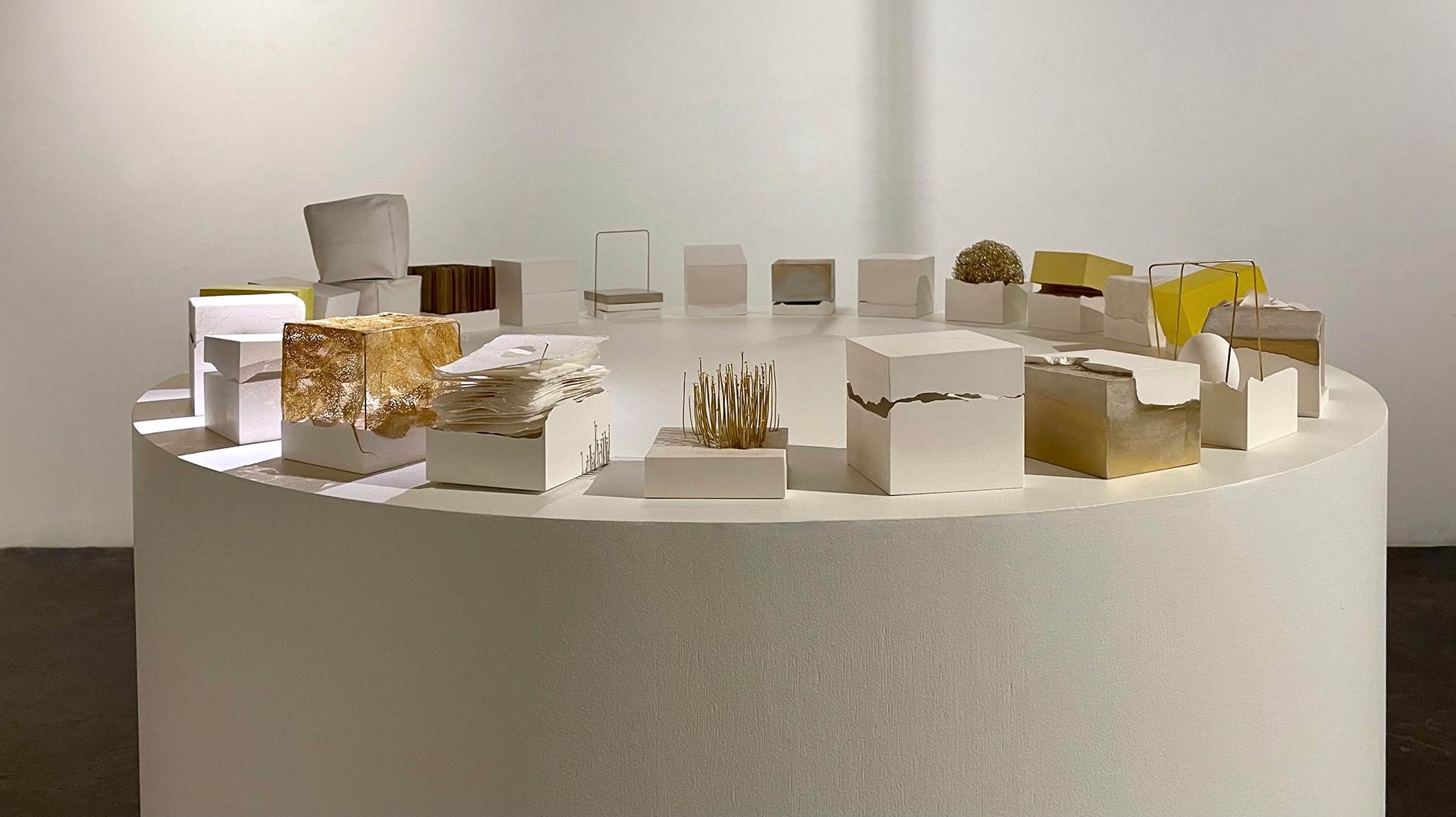 Julie Robert, Maison (la série)
Julie Robert, Maison (la série)
Julie Robert's work Maison (la série), presents a collection of small sculptures arranged on a raised circular plinth. All the pieces are cubic with a focus on textural repetition. Sharp plaster edges define the cubes, while more organic shapes permeate the form of each solid block. Conversely, flora hammond’s Translucent shimmer / unripe door, with its delicate cast aluminum and handmade dyed abaca paper, offers a contrast to Robert’s larger installation. Despite these differences, the attention to materiality is omnipresent in both works through a juxtaposition of hard and soft surfaces. Next to hammond’s Translucent shimmer / unripe door, one can find Daria Fontaine Pasquali’s work Suspends tes jugements, which also uses aluminum casting. This time, aluminum takes the form of a neurowheel, a spiky device used in the medical field and in intimate settings. It hangs off the edge of a vintage armoire, nestled in a piece of cloth. Themes of weight, balance, and materiality come full circle in Jade De Bruto’s work 惩前毖后 (chéngqiánbìhòu), which features four distinct rocks, each balanced upon a trio of chopsticks standing upright in a porcelain bowl of rice. Within these four artists’ works, there is a distinct tension between the physicality and the types of materials used, which together shape how they are perceived by the public.
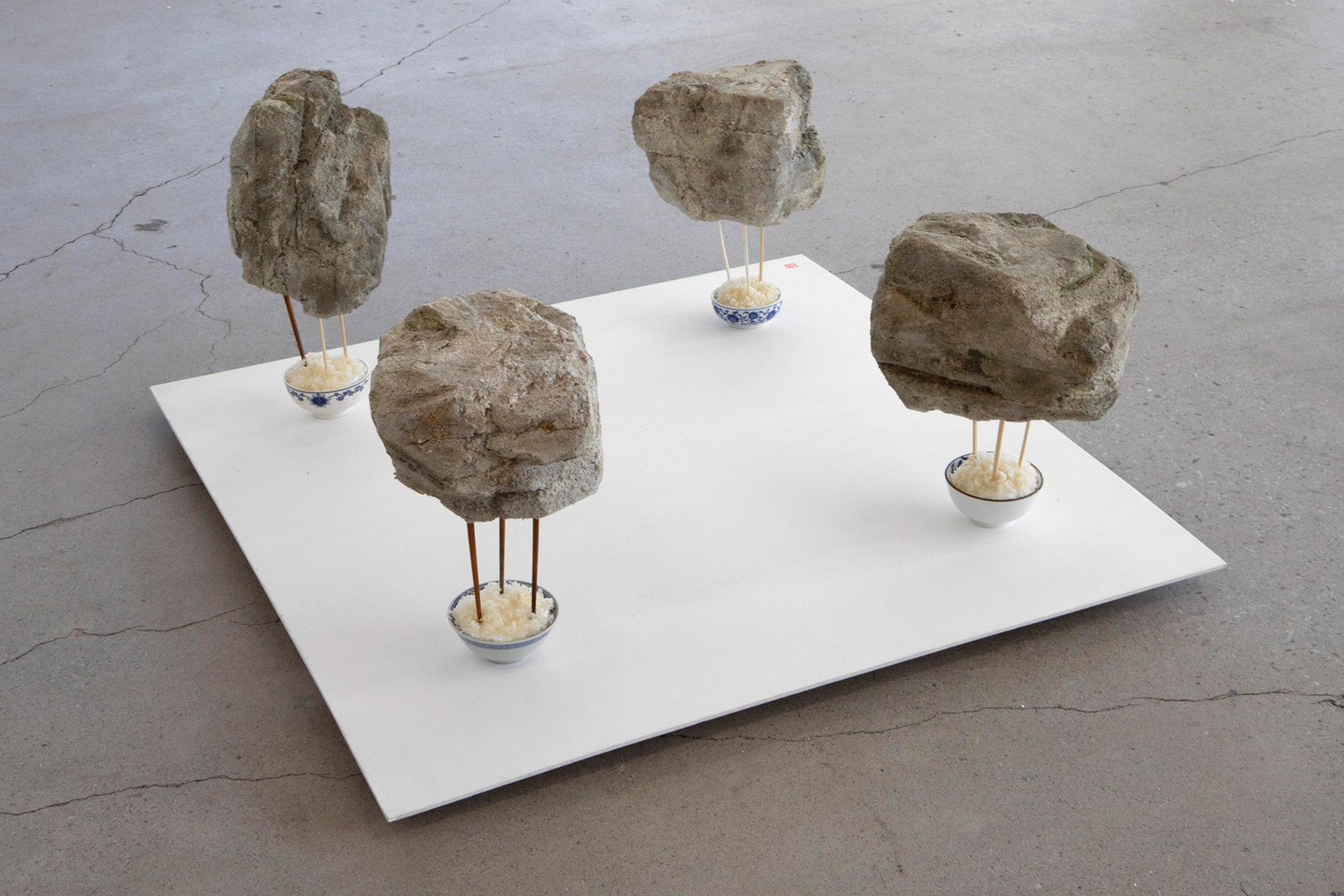 Jade De Bruto, 惩前毖后 (chéngqiánbìhòu),
Jade De Bruto, 惩前毖后 (chéngqiánbìhòu),
Jade De Bruto’s striking balancing act features four seemingly heavy stones, each resting upon three thin chopstick supports; the precariousness of this arrangement draws the visitors in to further observe this curious combination of familiar items. The stones appear solid at first glance, but as one approaches them, their mystery dissipates and one can admire the artist’s craft, as their fabrication becomes evident. Moreover, when looking at the chopsticks, the usual set of two has a third guest. In Chinese, the word for three is 三 (sān) which sounds similar to 生 (shēng), meaning “life” and "birth."1 De Bruto toys with the notions of life and death by hinting at a common Asian funerary custom as she plants the set of three chopsticks vertically in rice (instead of incense) . For the artist, “[...] [They ] symbolize the many deaths of Asian brothers and sisters that were lost from racially motivated attacks.”2 Numerical symbolism continues with the number four, 四 (sì) in Chinese, which is an unlucky number and often avoided because it sounds like 死 (sǐ) meaning “death.”3 The supportive role of the chopsticks, without which the customary meal would be crushed, evokes community care and hope even in the face of violence. De Bruto, who is of Chinese descent and born in South Africa, discusses the increase in hate crimes since the Covid-19 pandemic and cites a study that explores why Asian victims are less likely to report them to the police.4 The work offers a tribute to those who are tired of keeping silent and are coming together to speak out against the violence faced by the Asian community.
 Julie Robert, Maison (la série)
Julie Robert, Maison (la série)
In the installation Maison (la série) [Home (the series)] 5 Julie Robert also plays with optical illusions through her use of delicate materials to create rigid shapes. The installation is composed of twenty-three ceramic cubes; each one is in dialogue with its neighbour, highlighting points of spatial density and emptiness. This play on texture is emphasized by a motorized rotating light that moves counterclockwise above the sculptures; animating not only their contrasting forms but their shadows as well. It allows each form to have its moment in the spotlight while underlining its role in the group’s synergy The repetitive cubic pattern and the matte smoothness of the ceramic unify the elements of the installation despite their differences in colours, textures, and materials. Each element of the work says: ‘different but the same.’ The artist speaks of a world unified by its intersectional positionalities and strengthened by them. “[t]he counterclockwise movement of the light serves as a metaphor for a memento on a time scale.”6 Robert’s use of minimalism and her interest in the inhabited environment set the stage quietly for these stand-in vessels to bask in their light.
 Daria Fontaine Pasquali, Suspends tes jugements
Daria Fontaine Pasquali, Suspends tes jugements
Echoing Robert’s allusion to domesticity, Daria Fontaine Pasquali’s piece Suspends tes jugements [Suspend your judgments] showcases a collection of furniture arranged to suggest an interior space; a low coffee table holds a hairbrush, dried flowers are bound to a pillow, and a tall dresser stands with its door ajar. Mimicry is once again present in this installation, as the cast aluminum neurowheel where one can see the artist’s handiwork, speaking to the attention and time poured into its creation. On a wooden coffee table, placed carefully over a discoloured mark in the veneer is another simulacrum: a cast hairbrush. Its bristles appear to be made of human hair, and it bears an engraving that reads: “We are not sisters. We are lovers.” The presence of this etching is vital to the piece, as it provides the necessary information for the visitors to grasp the context of the work. Its words add meaning to the surrounding elements, bringing a new significance to the tenderness of the pillow that bears the flowers. Moreover, it situates the neurowheel as being outside of a heteronormative space and firmly places it into a queer realm. As the artist describes: “[f]or many people, it is simpler and less dangerous to reduce our gestures of romantic affection to expressions of sisterly attention.” 7 Fontaine Pasquali created this setup as a window into queer intimacy; the tenderness is palpable and in concert with the declaration on the hairbrush.
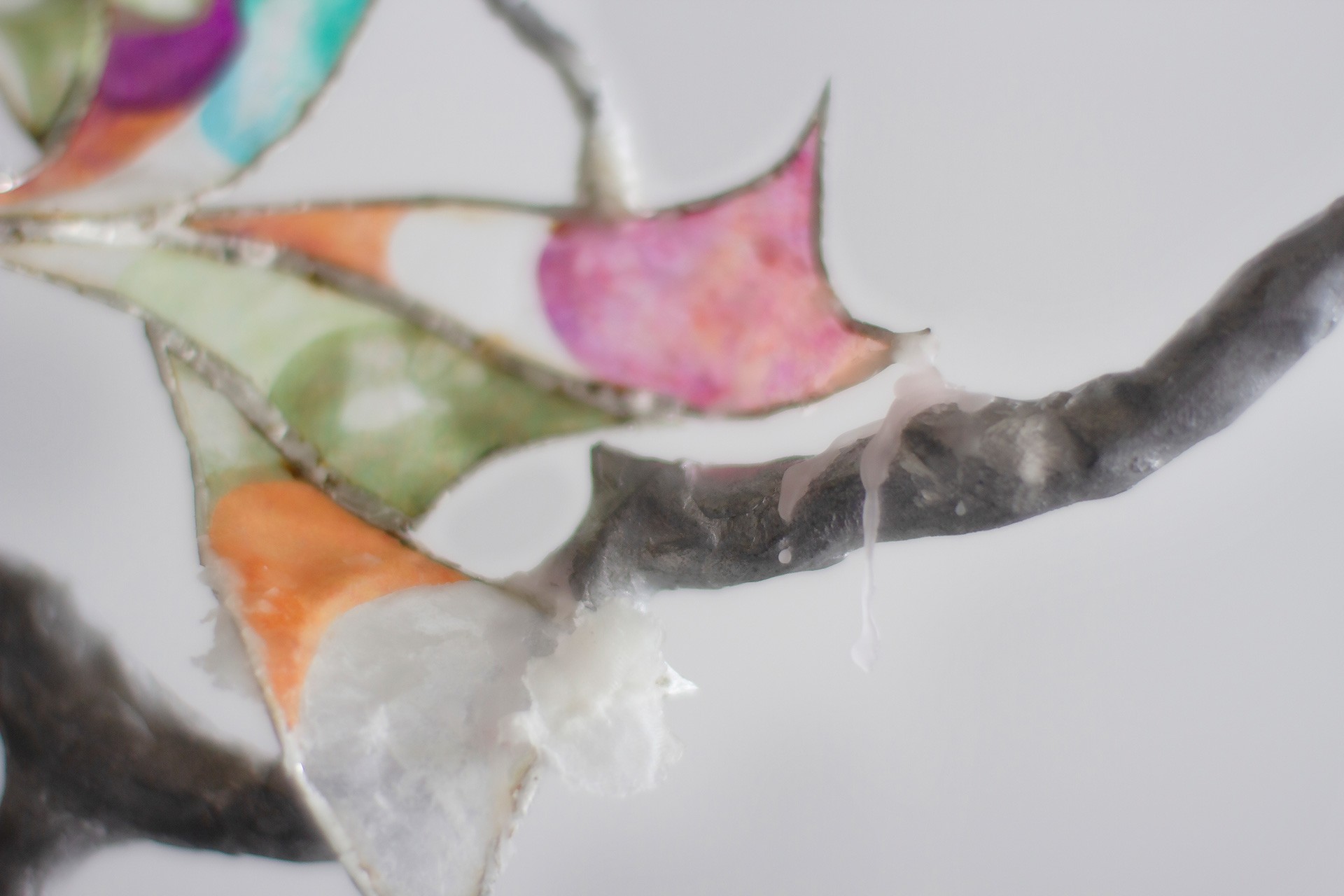 flora hammond, Translucent shimmer / unripe door
flora hammond, Translucent shimmer / unripe door
Translucent shimmer / unripe door by flora hammond is a site responsive sculpture made primarily of cast aluminum. It features ‘windows’ of translucent abaca paper painted in colorful hues and cast aluminum rings inspired by medieval eighteenth-century posy rings. This sculpture explores the ideas of home and memory by mirroring the structure of a spider web, and is reimagined in each installation in response to the space it occupies. The work is a reference to hammond’s memory of their grandmother's apartment, and of a window that was coated in “[...] geometrically cut out and wheat pasted sheets of hanji —Korean paper.”8 The juxtaposition of metal and paper, and the addition of colour to these allegorical ‘windows’ allow the artist to mend geographical and cultural gaps. The hues of pink, green, yellow and orange emulate the aesthetic of stained-glass windows, a sight that has become a part of hammond’s daily life in Montreal. For hammond, “[i]n both cases, the stained glass signifies and conveys a sense of passage and transition into space: it brings us closer to the sacredness of the religious, welcomes us into the simple holiness of the home.”9 As an artist interested in “poetic entanglements”10 hammond’s combination of materials weaves them into the connective web of time and space.
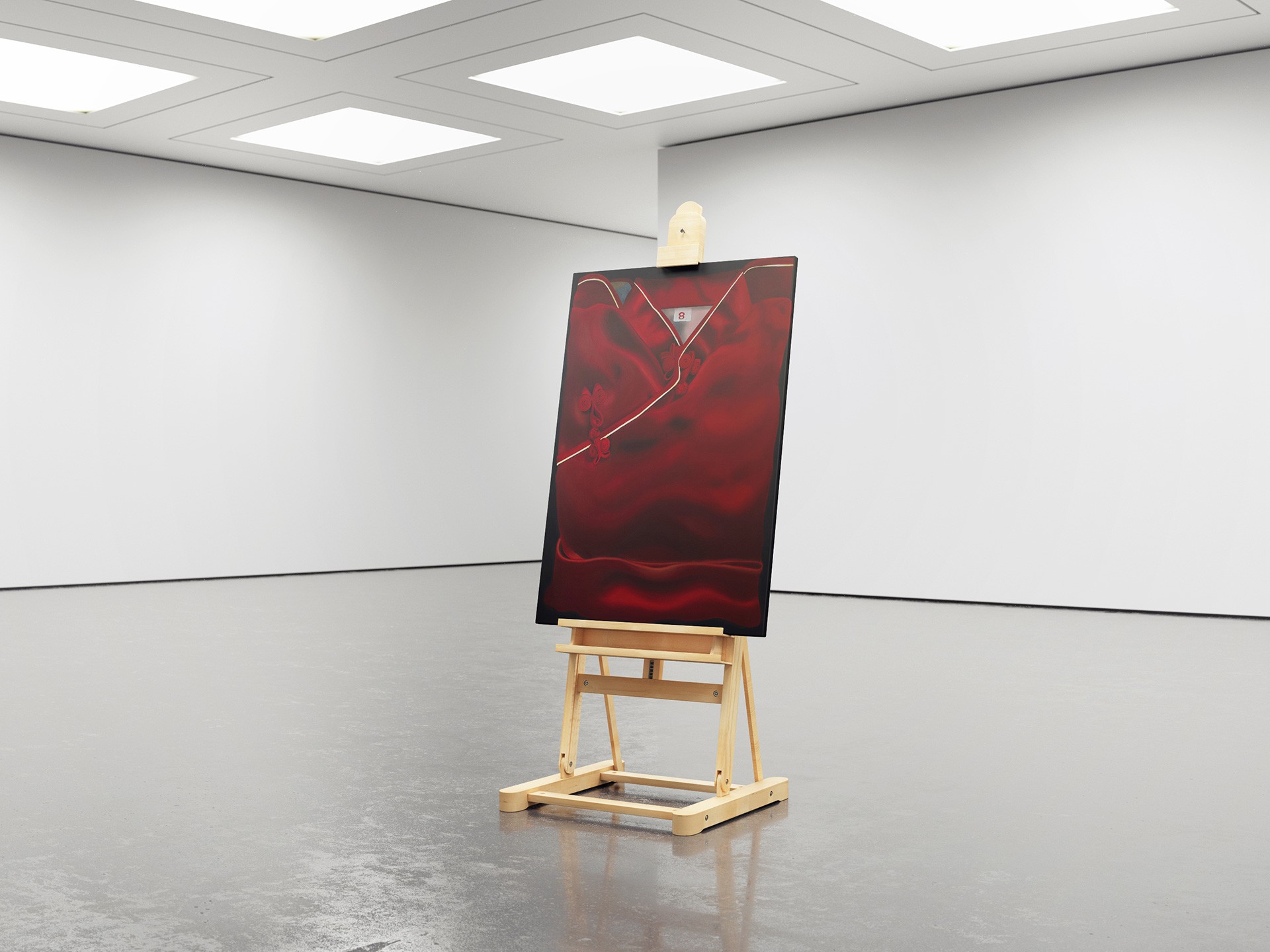 Jade De Bruto, 惩前毖后 (chéngqiánbìhòu)
Jade De Bruto, 惩前毖后 (chéngqiánbìhòu)
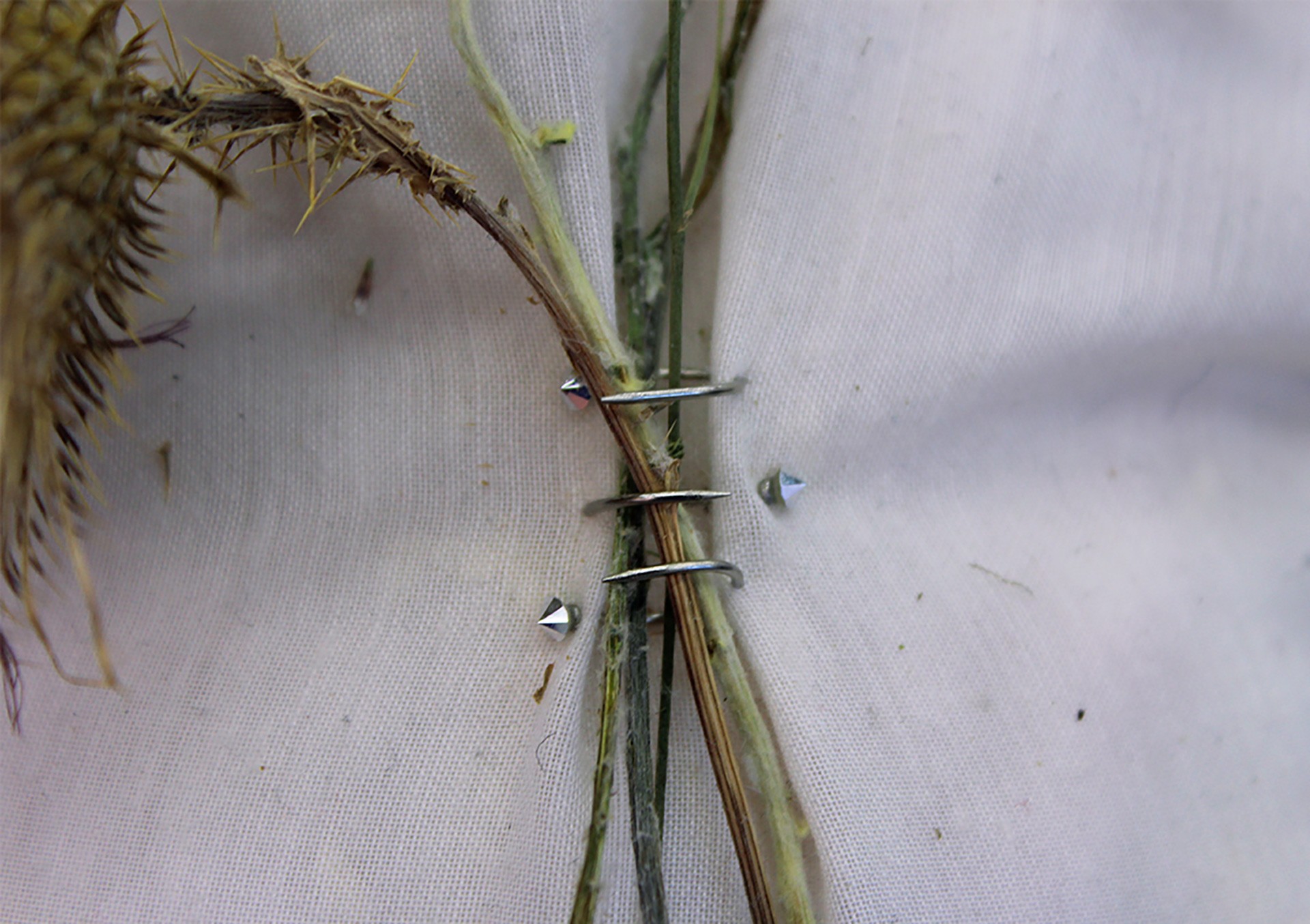 Daria Fontaine Pasquali, Suspends tes jugements
Daria Fontaine Pasquali, Suspends tes jugements
 Julie Robert, Maison (la série)
Julie Robert, Maison (la série)
 flora hammond, Translucent shimmer / unripe door
flora hammond, Translucent shimmer / unripe door
An analysis of the works by Jade De Bruto, Julie Robert, Daria Fontaine Pasquali and flora hammond brings out the through lines of their creation, a contrast in materiality, and a careful consideration of how these materials inform the presence of the work. Each artist reaches into notions of memory, culture, interpersonal relationships, and collective desires. These explorations invite the audience to consider the following questions:
What does this material say about the life of a piece?
What is the role of the medium in situating the piece in space and time?
What memories or cultural connections are evoked through the selected materials and textures?
Does it materially invite you in or push you away?
Interior spaces, intimacy, queerness, individuality, kinship, community building and solidarity are among the conversations that wind their way through the artists’ respective practices. These themes are made real through the expression of their material considerations in relation to the meaning of the work itself.
- Jade De Bruto in email correspondence with author, October 2022.
- Jade De Bruto,惩前毖后 (chéngqiánbìhòu), artist statement, USE 2023 submission (2022).
- Jade De Bruto in email correspondence with author, October 2022.
- Brendan Lantz and Marin R. Wenger, “Are Asian Victims Less Likely to Report Hate Crime Victimization to the Police? Implications for Research and Policy in the Wake of the Covid-19 Pandemic,” Crime &Amp; Delinquency 68, no. 8 (2021): pp. 1292-1319, https://doi.org/10.1177/00111287211041521.
- Title translated by author (October 2022). All translations by the author unless otherwise noted.
- Julie Robert, Maison (la série), Artist statement, USE 2023 Submission (2022). All translations by the author unless otherwise noted.
- Daria Fontaine Pasquali, Suspend tes jugements, artist statement, USE 2023 submission (2022). All translations by the author unless otherwise noted.
- flora hammond, Translucent shimmer / unripe door, artist statement, USE 2023 submission (2022).
- flora hammond, Translucent shimmer / unripe door, artist statement, USE 2023 submission (2022).
- 10 Ibid.
About the author
Based in Tiohtià:ke, Aaliyah Crawford is a recent BFA Graduate in Print Media at Concordia University. She works primarily in print media, book arts and installation. Her art practice expands upon the traditional understanding of self-portraiture and journaling practices, often in an attempt to exorcize the shame associated with public expressions of vulnerability. Creating a dialogue between her lived experiences and those of the viewers, she aims to bridge the gap between the innately individual and the universal. Exploring the multiple intersecting systemic oppressive forces that she faces, she underlines the power of remaining soft. Crawford’s community work recently received the prestigious acknowledgement of a Lieutenant Governor's Medal (2022) as well as Concordia’s Outstanding Contribution Award (2022).
